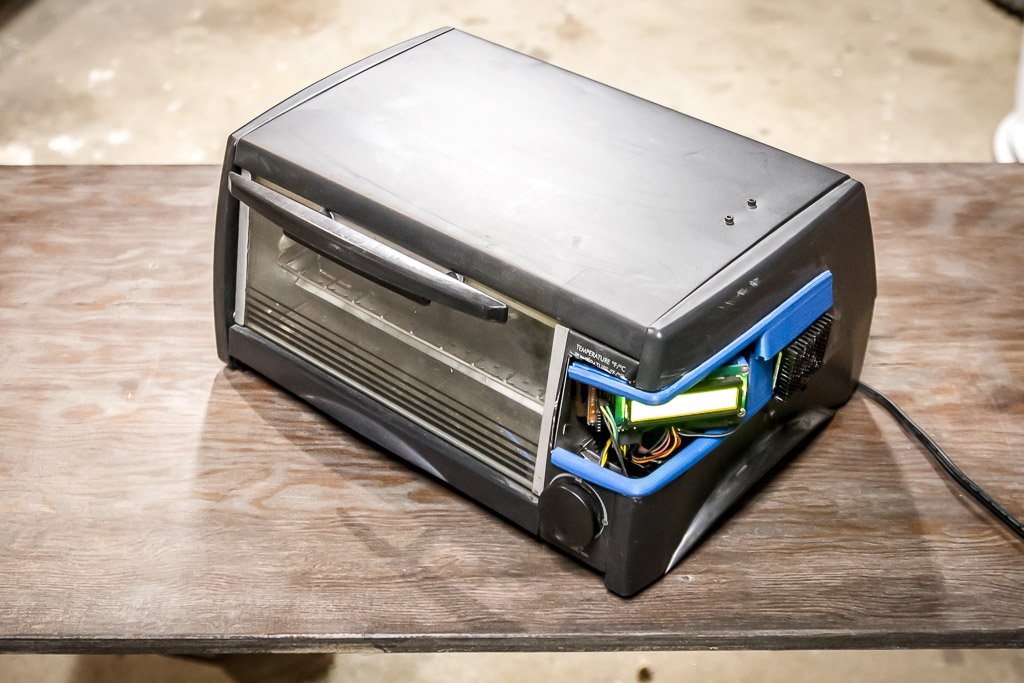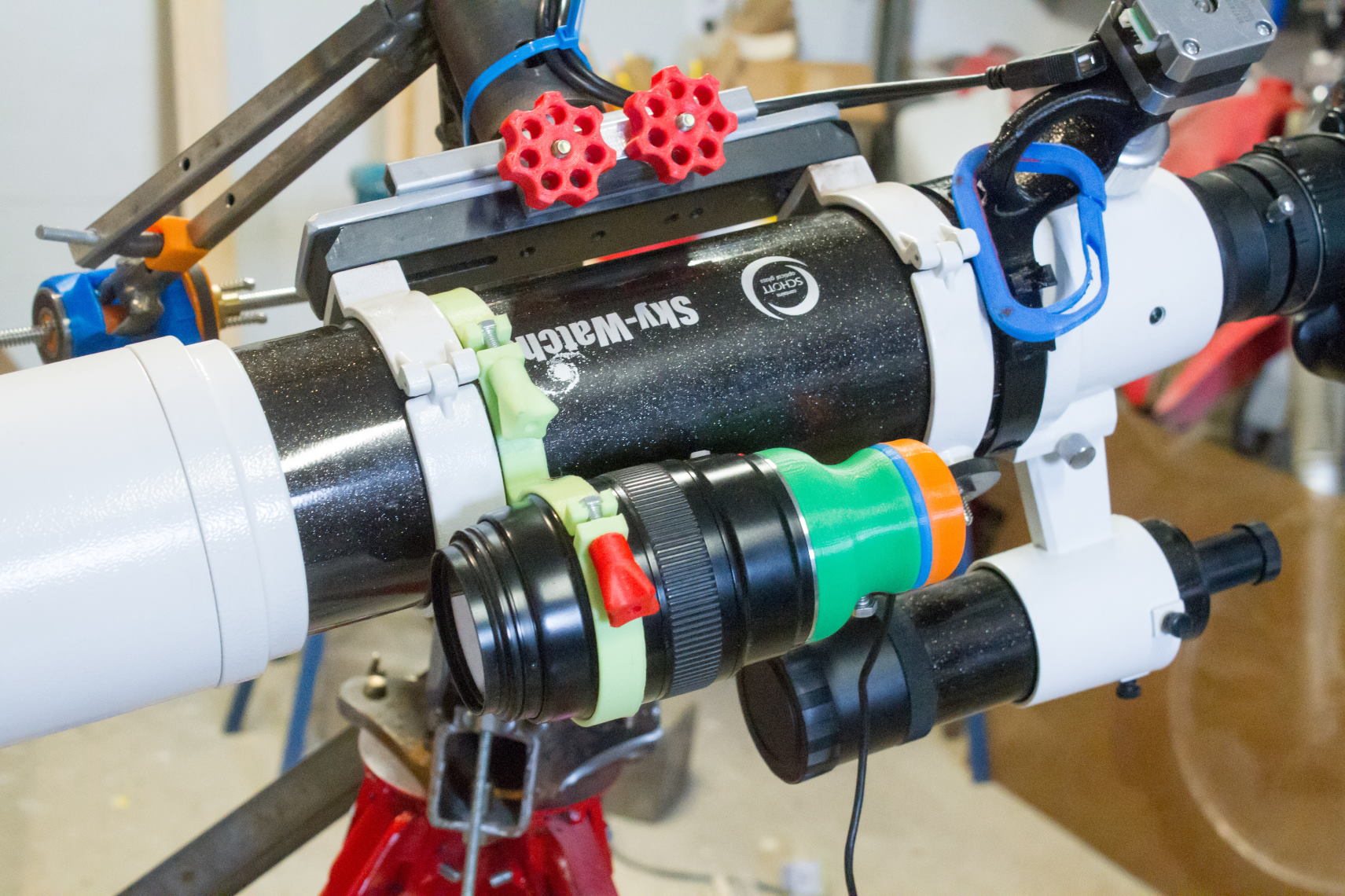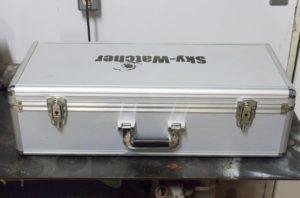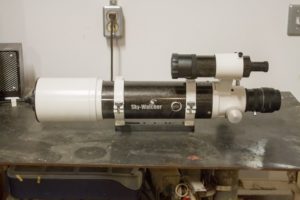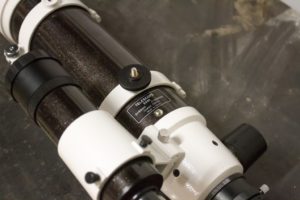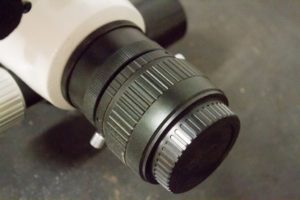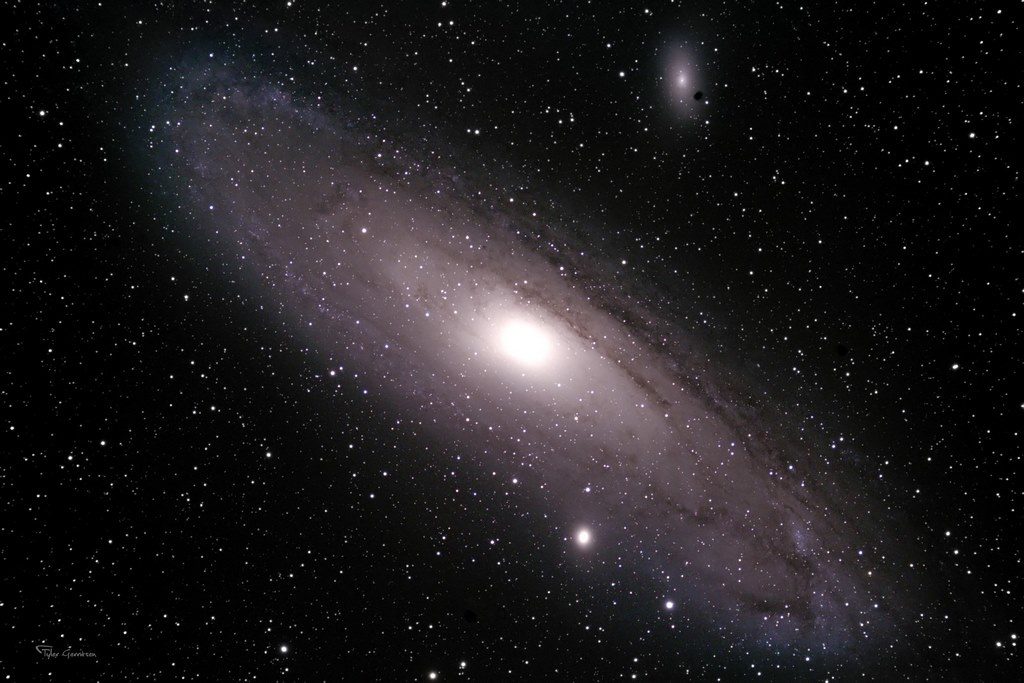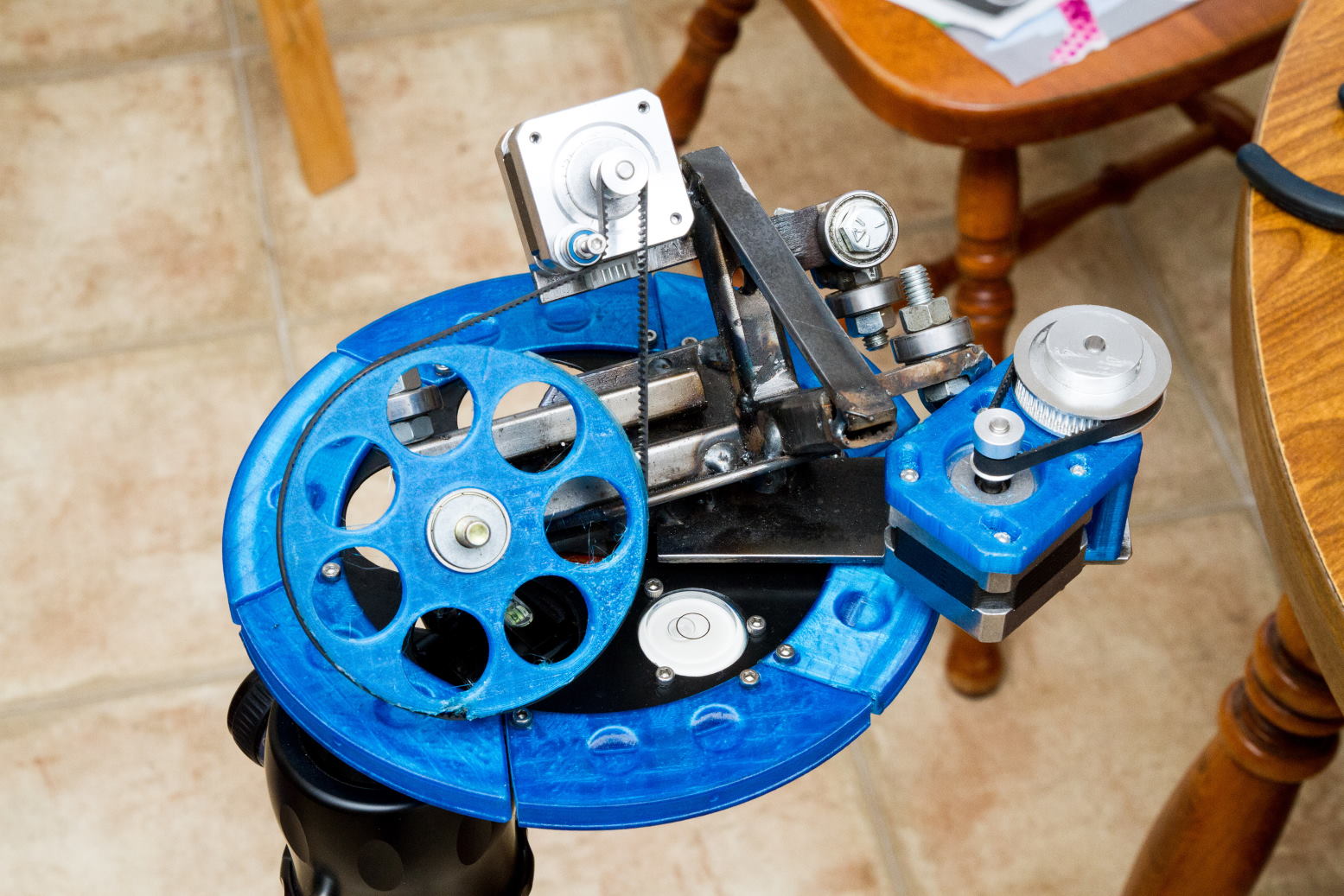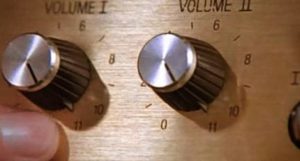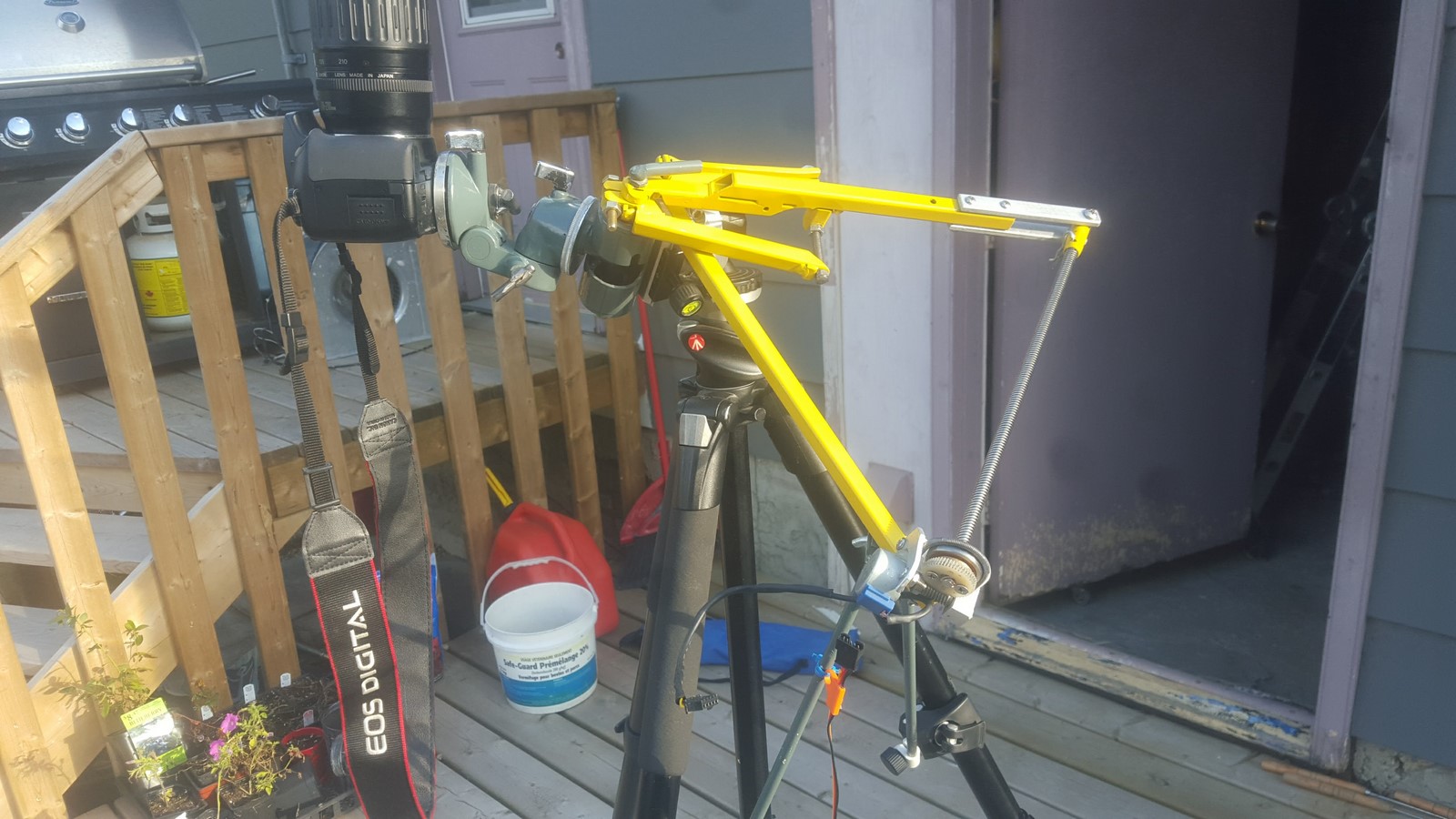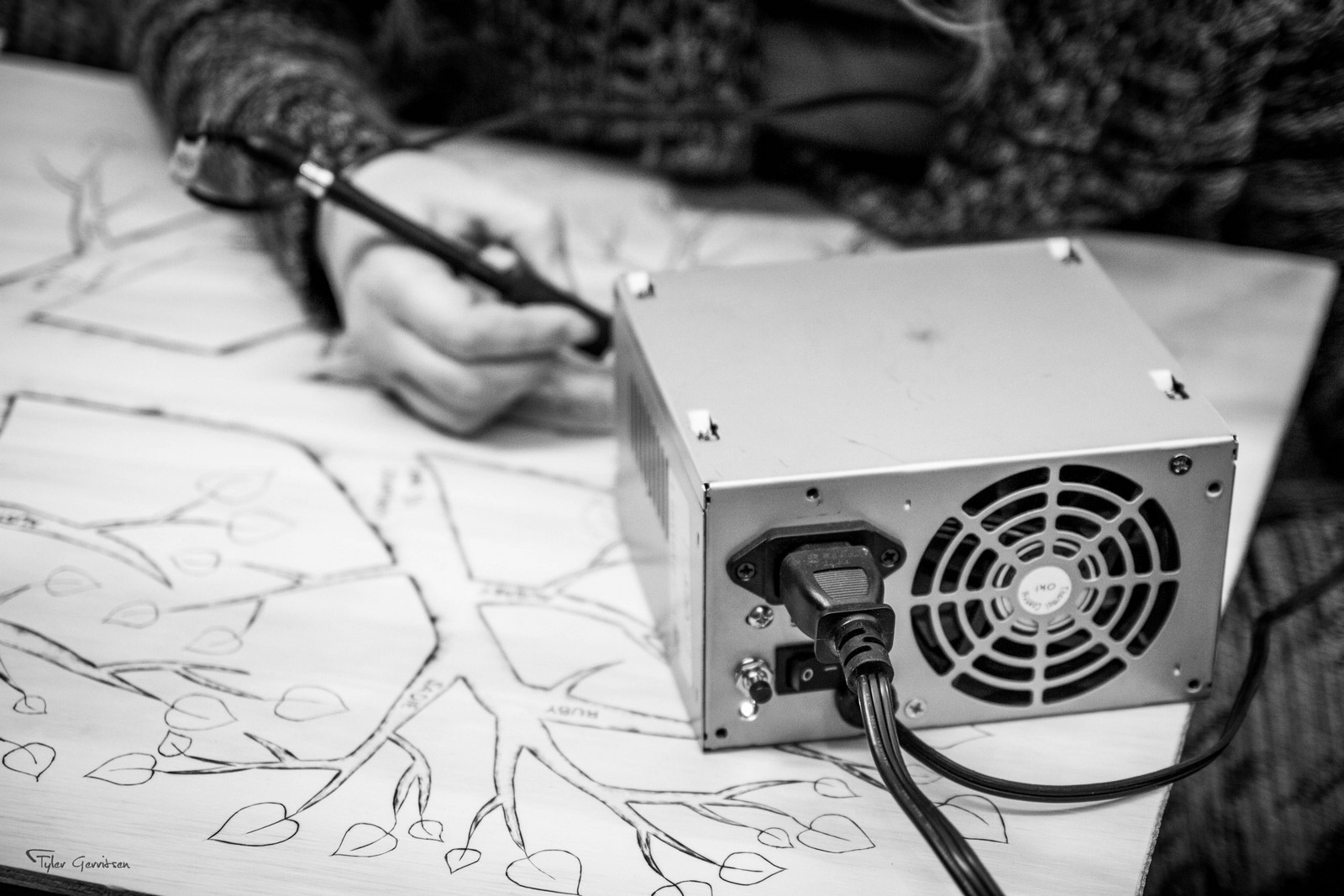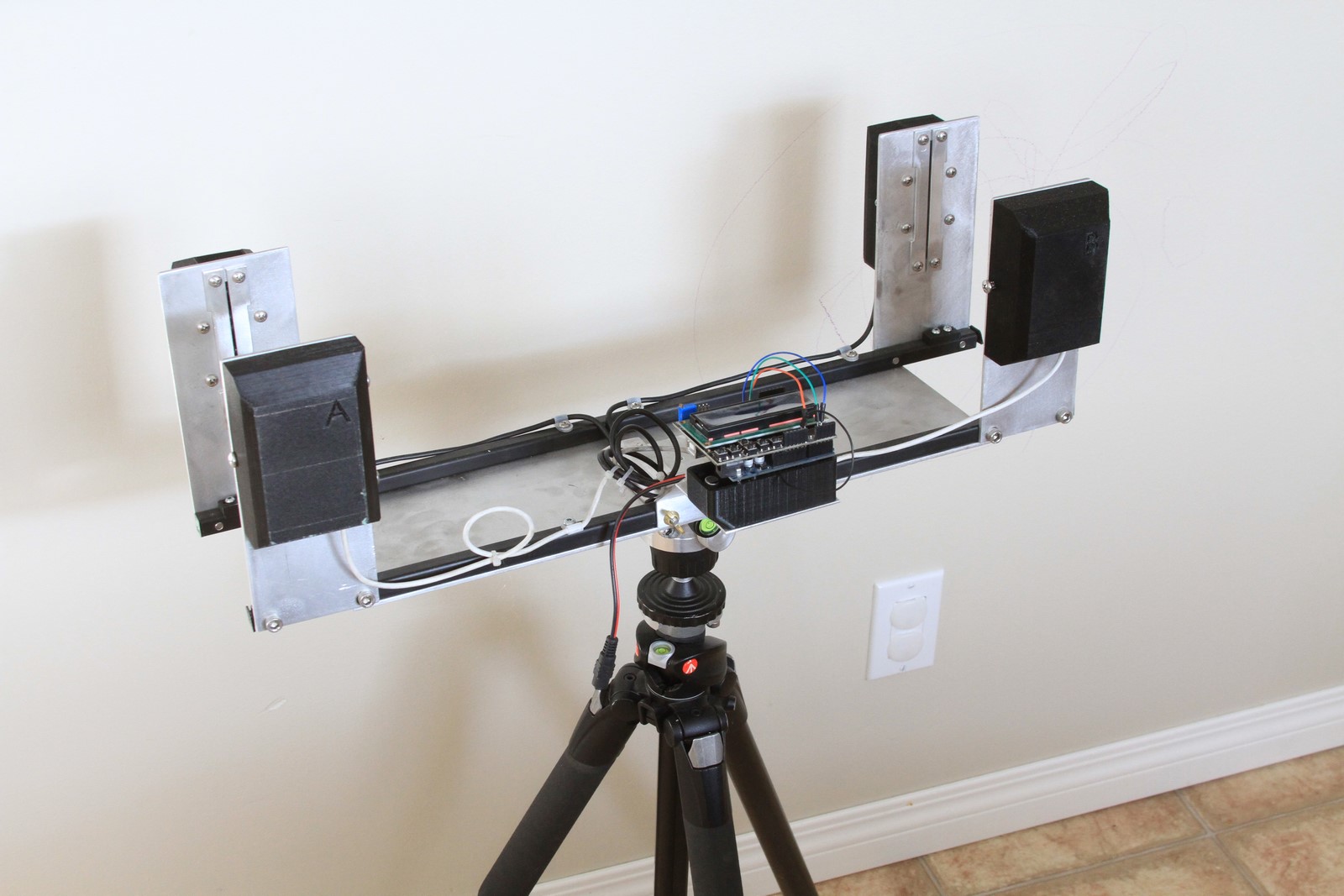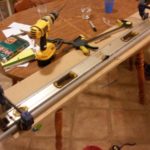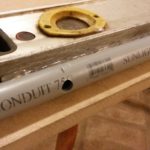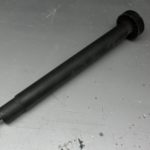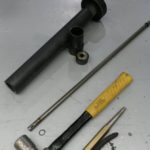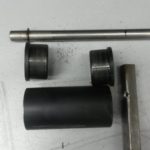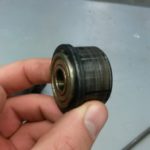2020-07-14 – If you’re interested in building a ballistic chronograph, check out the new 3D-printed MK2 design at td0g.ca/2020/04/19/ballistic-chronograph-mk2-diy/. If you would like to purchase sensors for building a chronograph, they are available at https://www.tindie.com/products/19828/.
Preamble:
A ballistic chronograph is an instrument which measures the speed of very fast things (like bullets). I decided to build a DIY Chronograph which could be used for high-speed photography, such as glassware getting shot with an air-powered rifle (see my other post on this topic or my Flickr album). In order to take such a photo, you need to be able to trigger a flash at just the right moment, which will freeze all the juicy action.
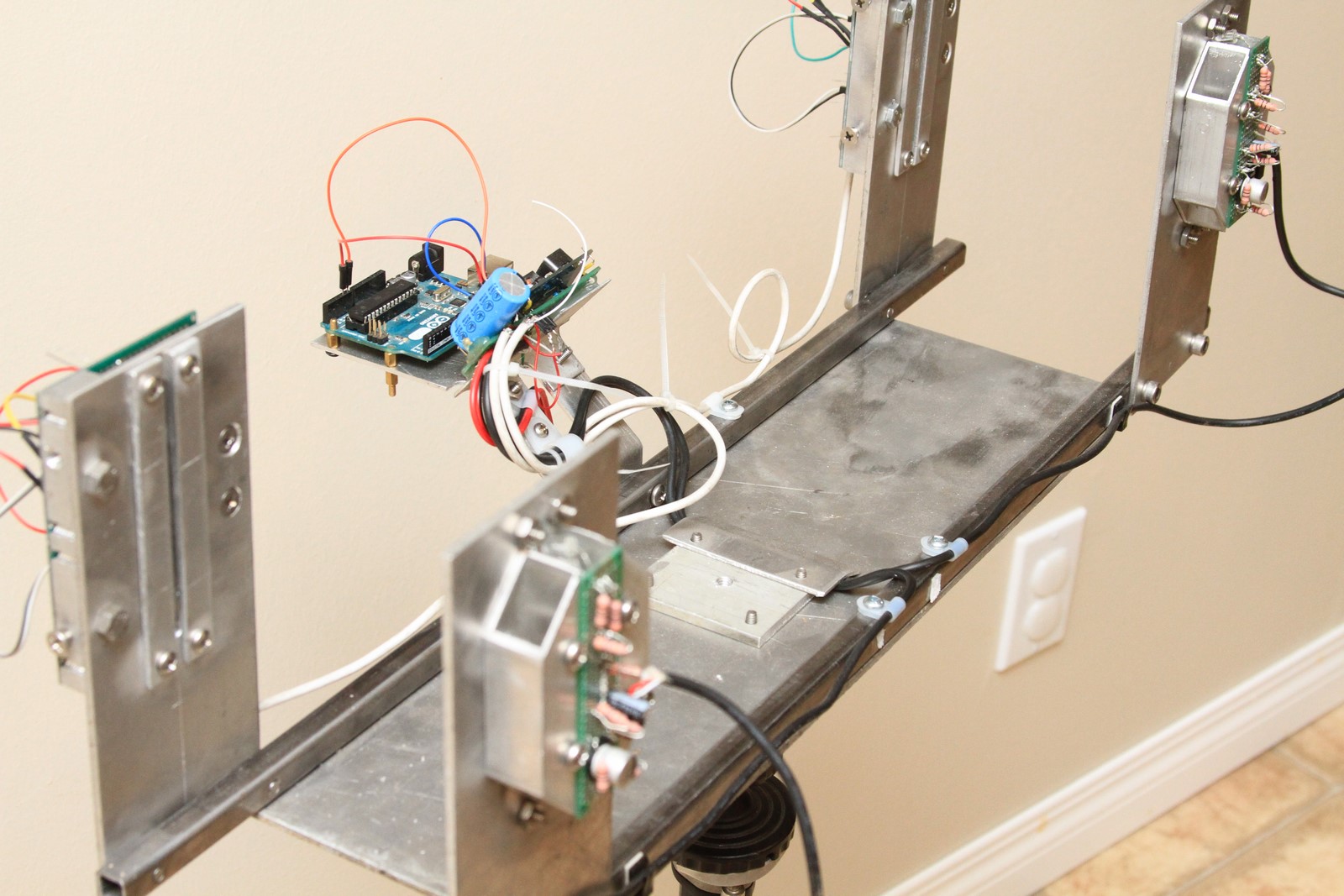
There are numerous resources available which give very limited information on how to build such an instrument. Unfortunately all of the resources are incomplete or describe an instrument which only works for slower objects, such as paintballs or airsoft pellets. I designed and built this using the information available on the internet, my modest understanding of electronics, and many hours of trial-and-error. To somebody who has some knowledge of electronic components, this post can be used to build an instrument useful for measuring the speed of objects travelling up to 1,000 m/s (such as high-powered rifle bullets), and even photographing a projectile ‘interacting’ with other objects!
Read more

